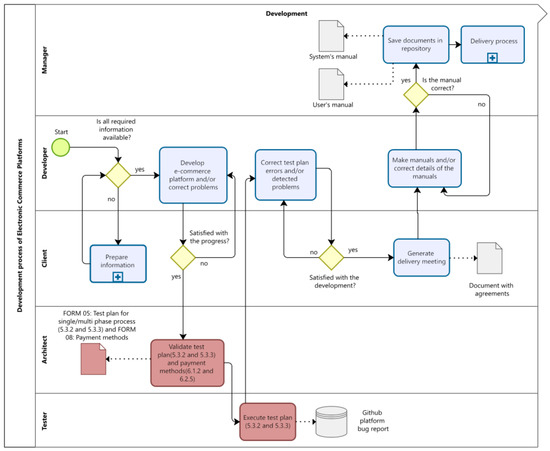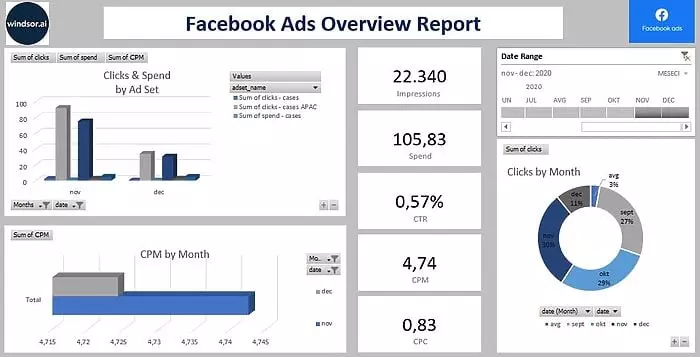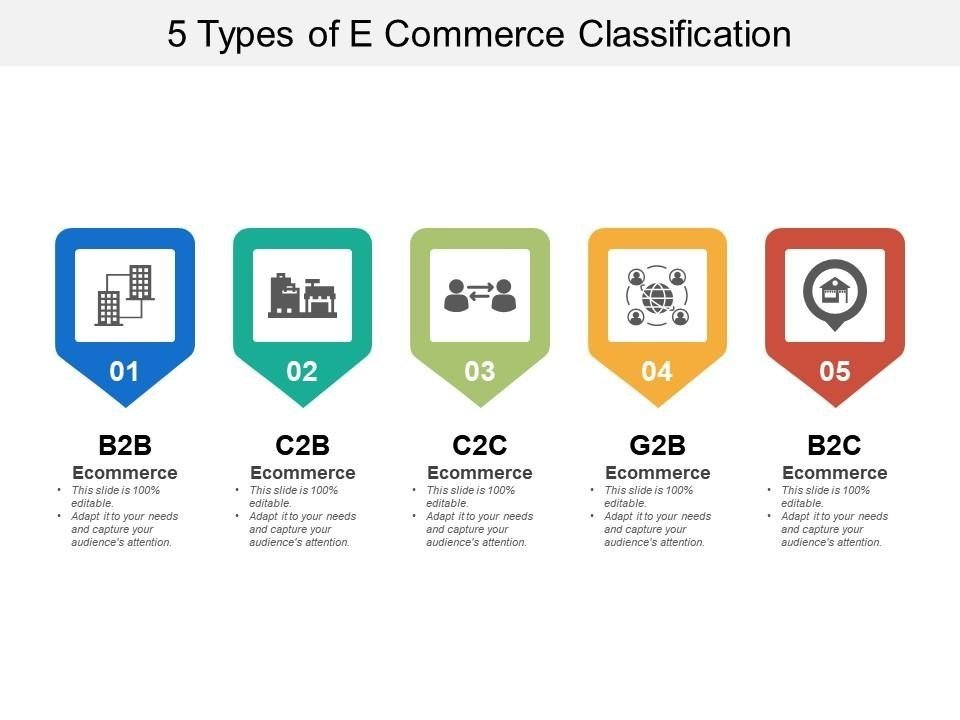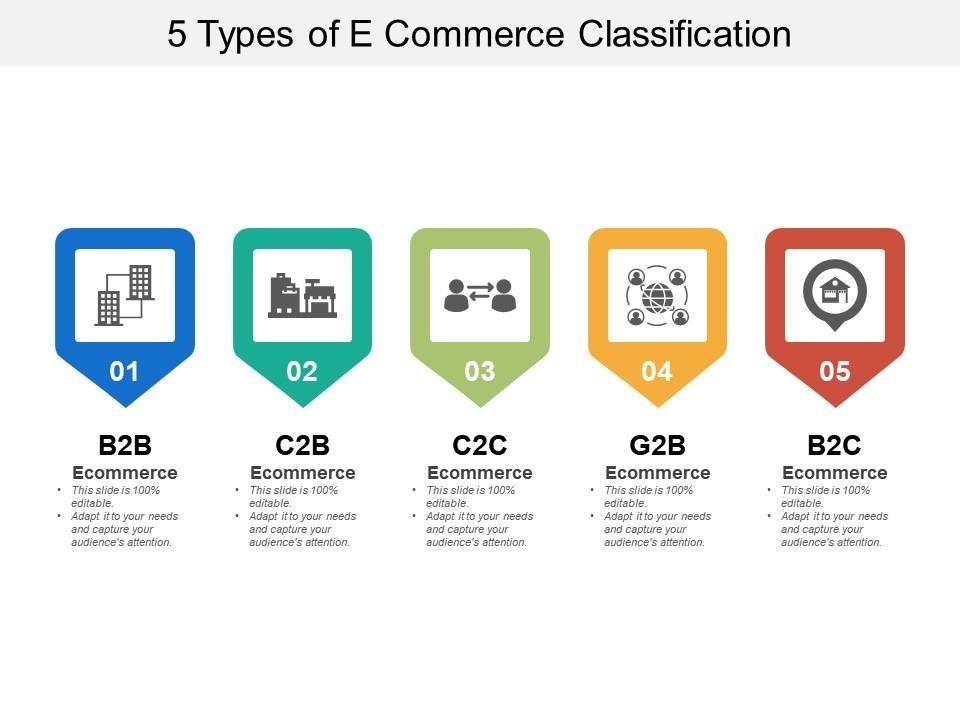Understanding the Costs of E-commerce Platforms
E-commerce platforms empower businesses to establish an online presence, reach a broader audience, and drive sales. However, understanding the associated costs is crucial for informed decision-making. This introduction examines the primary cost factors to consider when evaluating e-commerce platforms, including platform fees, transaction fees, payment processing charges, and ancillary expenses. By comprehending these costs, businesses can make strategic choices that align with their financial goals and business objectives.
Understanding the Costs of E-commerce Platforms
E-commerce platforms provide businesses with a convenient and effective way to sell their products online. However, it’s crucial to understand the associated costs before making a decision. While some platforms may offer a “free” plan, there are often hidden expenses to consider.
Monthly Subscription Fees:
Most e-commerce platforms charge a monthly subscription fee that provides access to their basic features. These fees can range from a few dollars to hundreds of dollars, depending on the platform and the features offered. Consider your business’s needs and budget before choosing a plan.
Transaction Fees:
Transaction fees are charged each time a sale is made through the platform. These fees typically range from 2% to 5% of the total sale amount. As your business grows, these fees can accumulate significantly, so it’s important to factor them into your pricing strategy.
Payment Gateway Fees:
Payment gateways, such as PayPal or Stripe, facilitate secure online payments. These gateways typically charge a small fee per transaction, in addition to a monthly fee. The cost will depend on the gateway you choose and the volume of transactions you process.
Additional Costs:
Beyond monthly fees and transaction costs, there may be additional expenses to consider, such as:
Customizations and Integrations: If your business requires specific features or integrations, you may incur additional costs for custom development or third-party apps.
Shipping Costs: E-commerce platforms may offer shipping integrations, but the cost of shipping will depend on the size, weight, and destination of your products.
Marketing and Advertising: To promote your products on the platform, you may need to invest in marketing campaigns or pay for advertising.
Return on Investment:
When considering the costs of an e-commerce platform, it’s equally important to evaluate your potential return on investment (ROI). Factors to consider include:
Increased Sales: E-commerce platforms can expand your business’s reach and increase sales volume.
Improved Customer Experience: Online platforms provide customers with a convenient and streamlined shopping experience.
Cost Savings: E-commerce platforms can eliminate the need for physical stores and reduce labor costs.
By weighing the potential ROI against the associated costs, you can make an informed decision about whether an e-commerce platform is the right fit for your business. Remember, the goal is to find a platform that provides the features and support you need while minimizing expenses.
Choosing an E-commerce Platform: Cost-Effective Strategies

Understanding the Costs of E-commerce Platforms: A Comprehensive Guide
Embarking on the journey of launching an online business requires strategic decision-making, including choosing the right e-commerce platform. While it’s tempting to focus solely on the platform’s features, understanding the associated costs is crucial for long-term success.
Subscription Fees: A Recurring Expense
Most e-commerce platforms charge a monthly or annual subscription fee. This cost covers hosting, software maintenance, and access to basic features. The amount you pay will vary depending on the tier of service you choose, which typically offers a range of features and support options.
Transaction Fees: A Per-Sale Charge
As you make sales through your platform, you’ll likely incur transaction fees. These fees are a small percentage of each transaction, typically charged by payment gateways or the platform itself. The rate you pay will vary based on the provider and your sales volume.
Payment Gateway Fees: An Additional Processing Cost
Payment gateways facilitate secure transactions between your customers and your business. They charge a separate fee on top of transaction fees, which covers the cost of processing payments and ensuring PCI compliance.
Customization Costs: Enhancing the Platform
To tailor the platform to your specific needs, you may need to hire developers for customization or purchase additional plugins or extensions. These costs can vary widely depending on the complexity of your requirements.
Marketing and Advertising Costs: Driving Traffic
Once your e-commerce store is up and running, you’ll need to invest in marketing to attract customers. This can include costs associated with search engine optimization (SEO), social media advertising, and other online marketing channels.
Shipping Costs: Delivering Your Products
Shipping costs play a significant role in the overall cost of selling online. Factor in the size, weight, and destination of your products to estimate the expenses involved in delivering them to your customers.
Hidden Costs to Consider
Beyond the immediate costs, there are also potential hidden costs to consider:
Abandoned Cart Fees: Some platforms charge a fee for customers who add items to their cart but do not complete the purchase.
Chargeback Fees: If customers dispute transactions, you may incur chargeback fees.
Support Costs: While most platforms offer basic support, additional support may require additional fees.
Evaluating Costs and Making Decisions
Before choosing an e-commerce platform, take the time to thoroughly research the associated costs. Consider your business size, sales volume, and future growth plans. Carefully weigh the features and benefits against the total cost of ownership to make an informed decision that aligns with your business goals.
Optimizing E-commerce Platform Costs for Maximum ROI

Understanding the Costs of E-commerce Platforms
Embracing e-commerce platforms offers a wealth of opportunities for businesses. However, it’s crucial to comprehend the associated costs to make informed decisions and optimize return on investment (ROI). While platform fees and transaction commissions are obvious expenses, other hidden costs may lurk beneath the surface.
Subscription Fees: Most e-commerce platforms charge monthly or annual subscription fees that vary based on features, bandwidth, and support levels. Consider the platform’s capabilities and your business needs to select the most suitable plan.
Transaction Fees: Platform providers typically charge a percentage of each transaction processed through their platform. These fees can add up, especially for businesses with high sales volume. Carefully analyze the fee structure and negotiate rates to minimize this expense.
Payment Processing Fees: Integrating with payment gateways introduces additional costs. Gateway providers charge fees for authorizing and processing payments, which vary depending on the payment method and gateway used. Explore different payment options and compare fees to find the most cost-effective solution.
Development and Maintenance Costs: Customization, integrations, and ongoing maintenance of your e-commerce platform can incur development and maintenance costs. Hiring developers or engaging with third-party service providers may be necessary to tailor the platform to your specific needs.
Hosting and Infrastructure Costs: The platform’s hosting fees cover the cost of server space, bandwidth, and security measures. Ensure that your platform provider offers reliable and scalable hosting infrastructure to avoid performance issues and potential downtime.
Marketing and Promotion Costs: Promoting your e-commerce store is essential to attract visitors and drive sales. Allocate a budget for marketing campaigns, SEO optimization, and social media advertising to amplify your platform’s reach.
Shipping and Fulfillment Costs: Depending on the products you sell, shipping and fulfillment costs can be a significant expense. Factor in packaging, shipping rates, and fulfillment services to accurately estimate these expenses.
By understanding these costs and carefully evaluating the different options available, businesses can make informed decisions and select the e-commerce platform that aligns with their budget and growth aspirations. By minimizing expenses, maximizing ROI, and optimizing the platform’s performance, businesses can harness the full potential of e-commerce and drive their online presence to new heights.
Conclusion:
Understanding the costs associated with e-commerce platforms is crucial for businesses to make informed decisions and optimize their online operations. These costs encompass a wide range of expenses, including platform fees, transaction fees, marketing expenses, and customer support costs. By carefully evaluating these factors and considering the potential revenue streams, businesses can determine the appropriate platform and pricing strategy to maximize their profitability and achieve long-term success in the e-commerce landscape.


